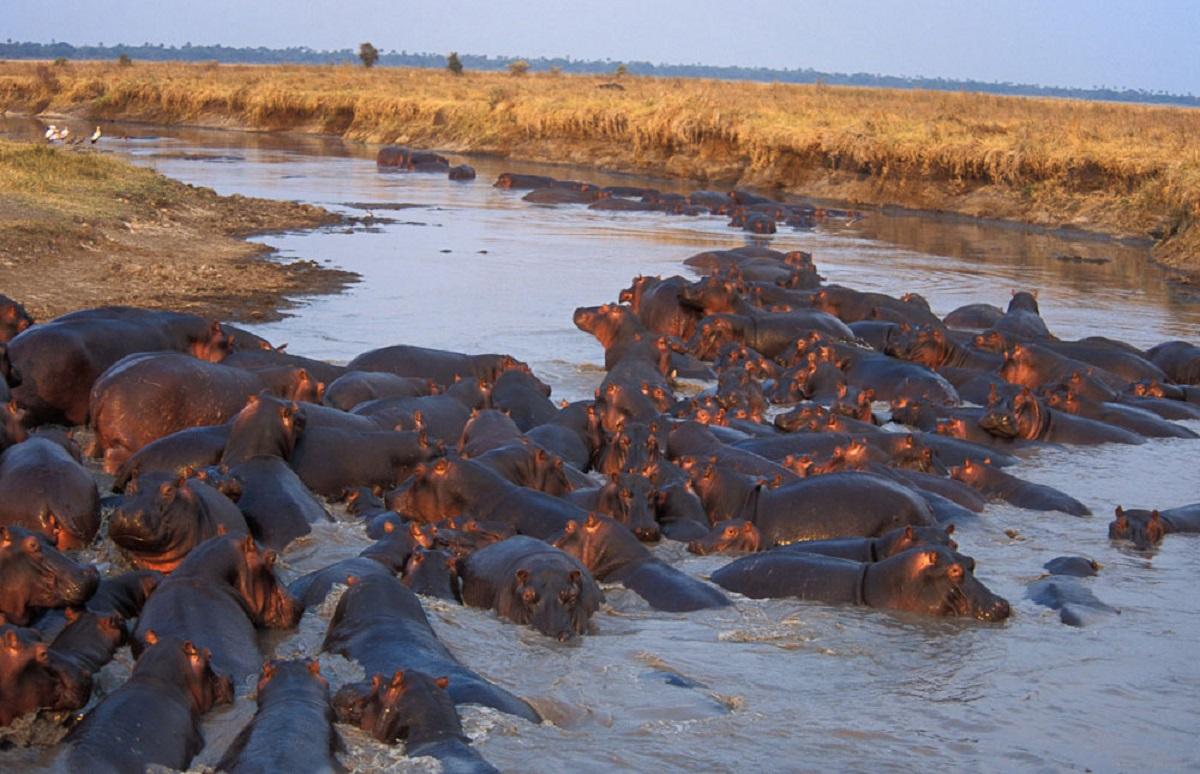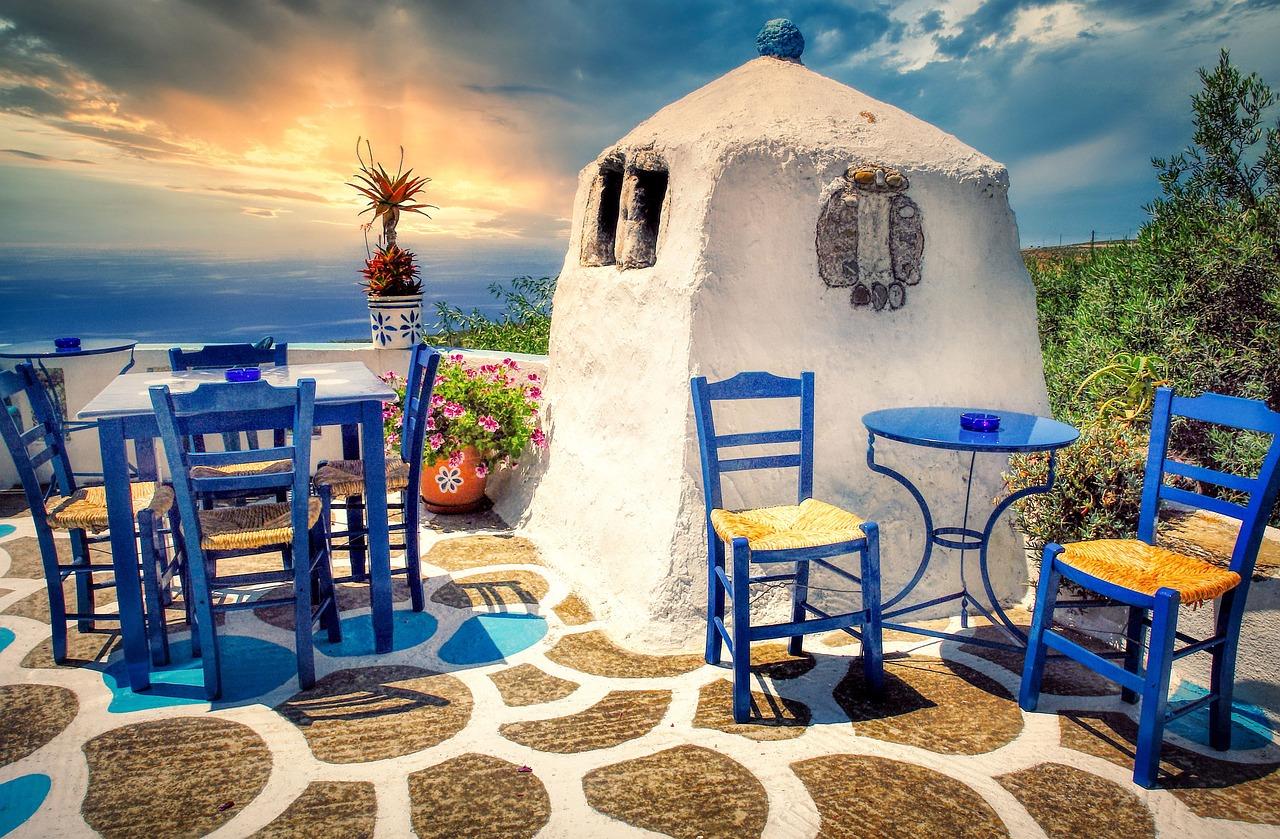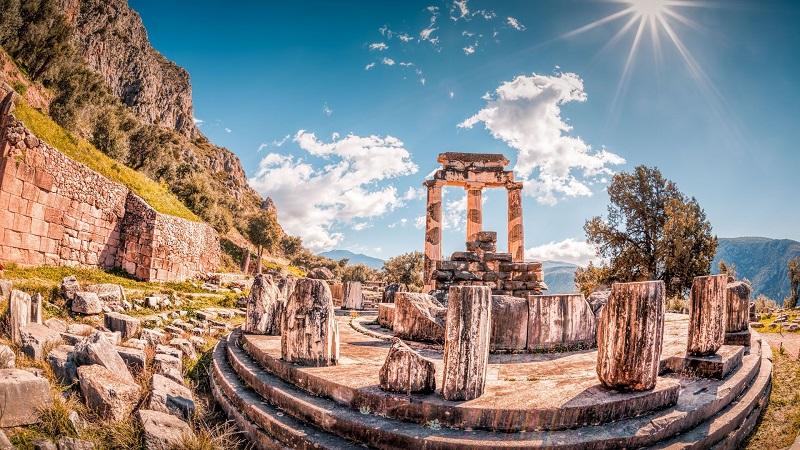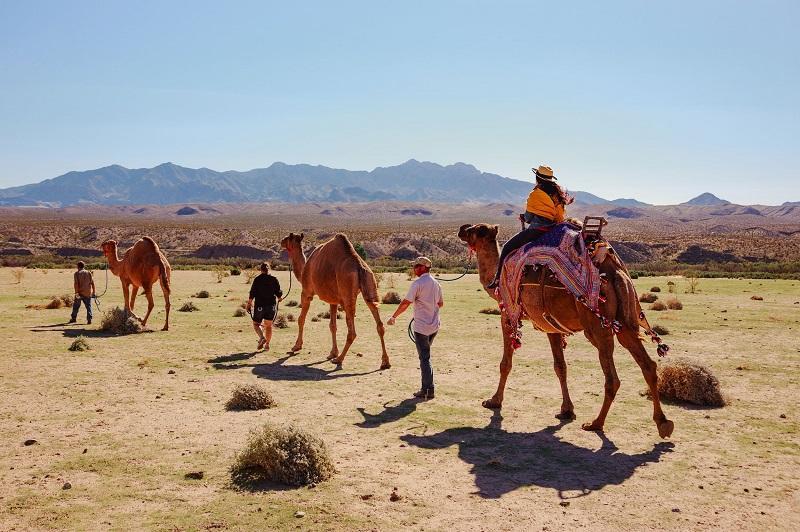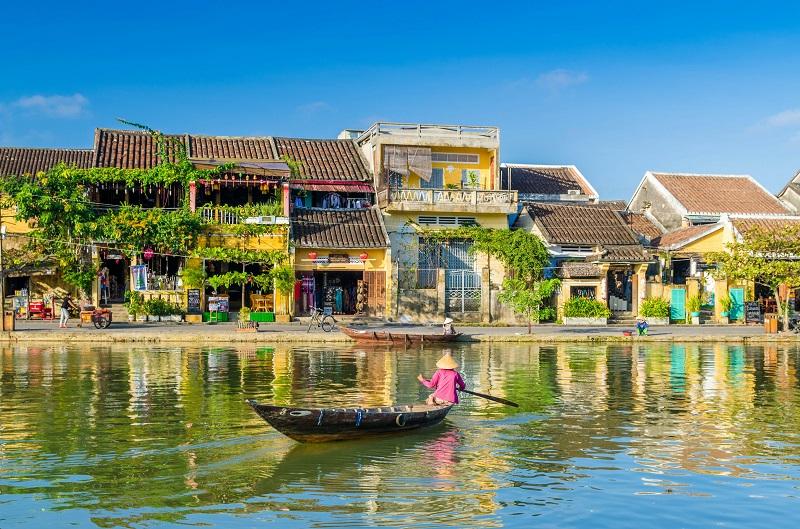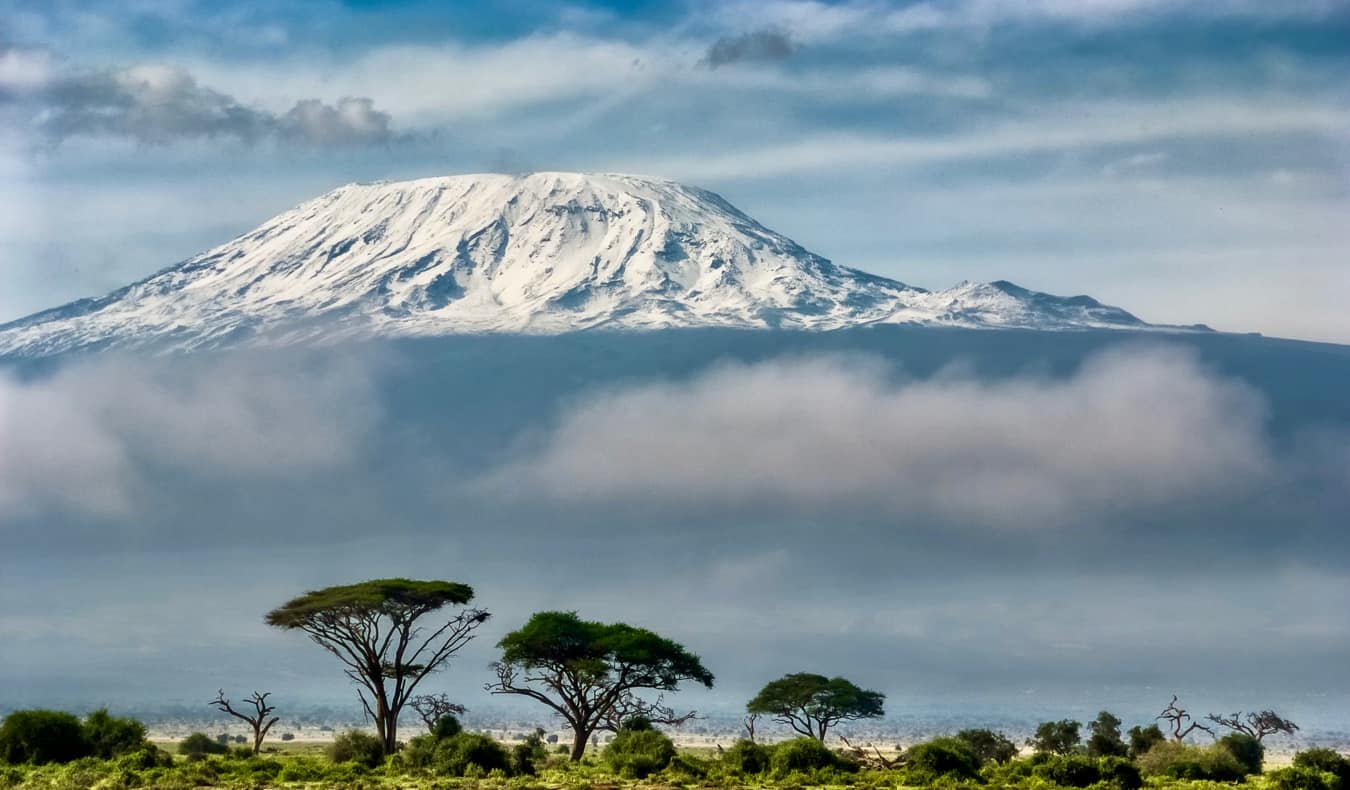Guide to Katavi: Tanzania’s Pristine Safari
Located in the remote southwestern region of Tanzania, Katavi National Park is one of the country’s most unspoiled and least-visited wildlife reserves. Spanning over 4,471 square kilometers, it is Tanzania’s third-largest national park. Despite its size, it remains an off-the-beaten-path destination, drawing only a few hundred visitors each year.
This isolation has allowed the park to maintain its raw wilderness appeal, offering a truly authentic African safari experience. The park is centered around the seasonal Katuma River and its associated floodplains, which come to life during the dry season, attracting a wealth of wildlife.
Known for its vast herds of buffalo, elephants, and hippos, as well as its predators like lions and leopards, Katavi is a gem for those looking to explore Tanzania’s wild frontier. Its rugged beauty and sense of untamed wilderness make it a destination for seasoned safari-goers seeking solitude and spectacular wildlife encounters.
Please Download Our Mobile App here.
Overview of Katavi National Park
Katavi National Park is part of the greater Katavi-Rukwa ecosystem, which encompasses a variety of habitats, including woodlands, swamps, lakes and floodplains. The park’s central feature is the Katuma River, which feeds into the seasonal floodplains of Lake Katavi and Lake Chada. During the dry season, these floodplains shrink, creating a vital water source for the park’s wildlife, leading to intense concentrations of animals around the remaining water bodies.
Despite its remote location, Katavi is home to a remarkable diversity of wildlife. The park boasts one of Africa’s largest concentrations of buffalo, with herds numbering in the thousands during peak dry season. Elephants are also abundant, as are hippos, which can be seen in huge numbers in the shrinking rivers and lakes. Predators, including lions, leopards, and hyenas, thrive in this environment, and wild dogs are occasionally spotted.
Wildlife in Katavi National Park
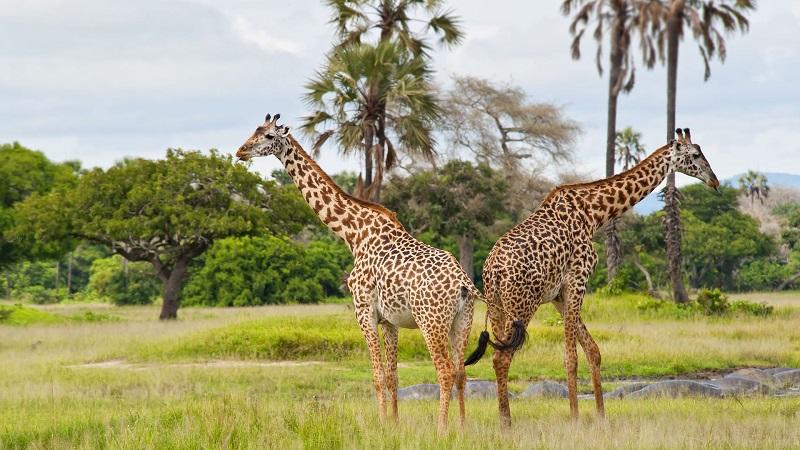
Katavi’s wildlife is as spectacular as it is diverse. During the dry season, the park’s floodplains become a stage for dramatic wildlife interactions, particularly around the Katuma River and Lake Chada. Huge herds of buffalo, sometimes numbering over 1,000 individuals, dominate the landscape, while elephants gather in large numbers, drawn to the dwindling water sources.
This abundance of prey attracts an impressive array of predators, including lions, which are often seen hunting the buffalo herds. Leopards are elusive but can occasionally be spotted in the dense woodlands, while hyenas are more frequently observed scavenging after the big cats’ kills. One of the park’s most iconic sights is the congregation of hippos.
During the dry season, hundreds of hippos crowd into the remaining waterholes, creating an unforgettable spectacle of grunting, splashing and territorial displays. Crocodiles are also present in large numbers, lurking in the rivers and lakes, waiting for their chance to strike.
Birdwatchers will be delighted by the variety of birdlife in Katavi, with over 400 species recorded. The floodplains and wetlands attract waterbirds like pelicans, storks, and herons, while raptors, including the martial eagle and African fish eagle, patrol the skies.
Best Time to Visit Katavi National Park
The best time to visit Katavi National Park is during the dry season, which runs from June to October. During this period, the Katuma River and other water sources dry up, concentrating wildlife around the remaining waterholes, making for easier wildlife viewing. The dry season is also the best time to see large herds of buffalo and elephants, as well as predator activity around the floodplains.
The wet season, from November to May, transforms the park into a lush, green landscape, but it can be harder to spot wildlife due to the dense vegetation. However, this period is excellent for birdwatching, as migratory birds arrive, and the park’s scenery is at its most vibrant. The wet season can make some areas of the park inaccessible, especially the floodplains, so visitors should plan accordingly.
Getting to Katavi National Park
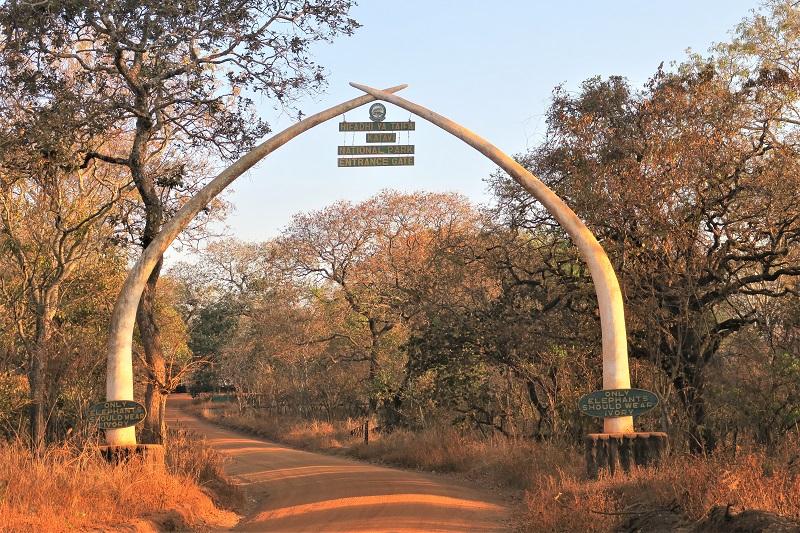
Reaching Katavi National Park requires some planning, as it is one of Tanzania’s most remote parks. Most visitors fly into the park via charter flights from Dar es Salaam or Arusha, which is the quickest and most convenient option.
The park is located about 1,200 kilometers from Dar es Salaam and 550 kilometers from Mbeya, making overland travel a challenging and lengthy endeavor. For adventurous travelers, it is possible to drive to Katavi, but it is recommended to do so with a 4×4 vehicle due to the rough and often impassable roads during the rainy season.
Other Activities in Katavi National Park
While traditional game drives are the main activity in Katavi, the park offers other unique experiences. Walking safaris provide a more intimate way to explore the park’s wilderness, led by experienced guides who offer insights into the park’s flora and fauna.
Birdwatching is also a popular activity, particularly during the wet season when migratory birds are present. For those seeking a more adventurous experience, camping in Katavi is possible, allowing visitors to fully immerse themselves in the park’s remote and wild setting.
Park Fees for Katavi National Park
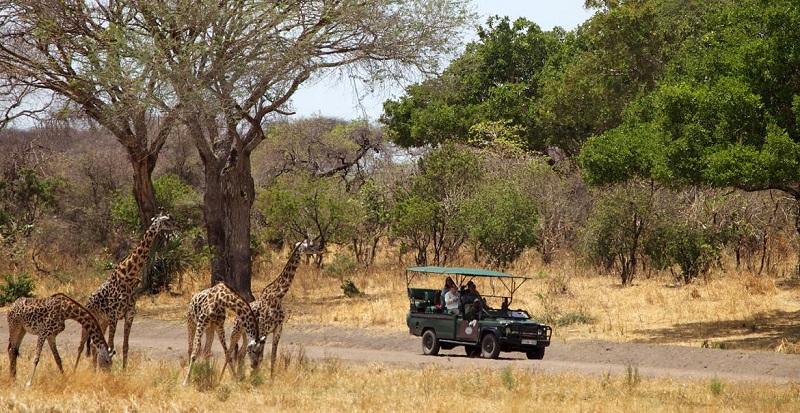
As of 2024, the park fees for Katavi National Park are as follows:
- Foreign Visitors (Adults): $30 per person per day
- Foreign Visitors (Children): $10 per person per day
- East African Residents (Adults): $10 per person per day
- East African Residents (Children): $5 per person per day
Additional costs may apply for guided walking safaris and camping experiences.
FAQs: Touring Katavi National Park
Do I Need a Car to Tour the Park?
Yes, you will need a car if you are planning a self-drive safari. Most visitors, however, join guided game drives provided by the few lodges and camps in the park.
Are Unguided Walks Allowed in the Park?
No, unguided walks are not allowed. Walking safaris must be conducted with a trained guide and an armed ranger for safety.
How Much is a Game Drive in the Park?
Game drives typically cost between $50 to $100 per person, depending on the lodge or camp you are staying at. Walking safaris may be included in the price of accommodation.
Conclusion
Katavi National Park offers one of Tanzania’s most authentic and remote safari experiences. With its abundant wildlife, especially during the dry season, and its isolation from mass tourism, it is the perfect destination for those seeking adventure and solitude in the African wilderness.
